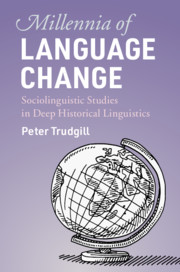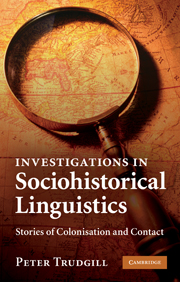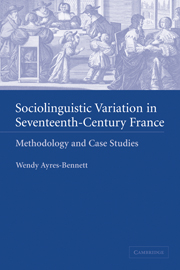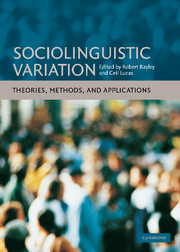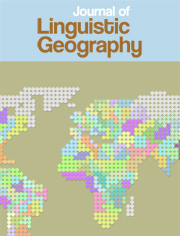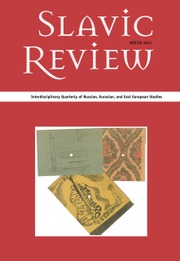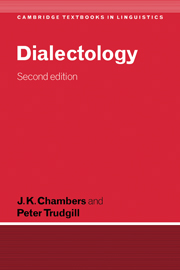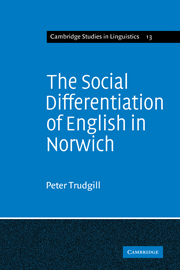Millennia of Language Change
Were Stone-Age languages really more complex than their modern counterparts? Was Basque actually once spoken over all of Western Europe? Were Welsh-speaking slaves truly responsible for the loss of English morphology? This latest collection of Peter Trudgill's most seminal articles explores these questions and more. Focused around the theme of sociolinguistics and language change across deep historical millennia (the Palaeolithic era to the Early Middle Ages), the essays explore topics in historical linguistics, dialectology, sociolinguistics, language change, linguistic typology, geolinguistics, and language contact phenomena. Each paper is fully updated for this volume, and includes linking commentaries and summaries, for easy cross-reference. This collection will be indispensable to academic specialists and graduate students with an interest in the sociolinguistic aspects of historical linguistics.
- These important thematically linked essays on sociolinguistic aspects of historical linguistics have not been published in book form before
- Features one brand new chapter, written specially for this collection
- Will provoke discussion through its wide-ranging linguistic-geographical coverage and broad historical focus
Product details
May 2020Hardback
9781108477390
170 pages
235 × 157 × 13 mm
0.38kg
1 map
Available
Table of Contents
- Acknowledgements
- Prologue. The long view
- 1. Prehistoric sociolinguistics and the uniformitarian hypothesis: what were stone-age languages like?
- 2. From Ancient Greek to Comanche: on many millennia of complexification
- 3. First-millennium England: a tale of two copulas
- 4. The first three-thousand years: contact in prehistoric and early historic English
- 5. Verners law, Germanic dialects, and the English dialect 'default singulars'
- 6. Deep into the Pacific: the Austronesian migrations and the linguistic consequences of isolation
- 7. The Hellenistic Koiné 320 BC to 550 AD and its medieval congeners
- 8. Indo-European feminines: contact, diffusion and gender loss around the North Sea
- Sources
- References.

